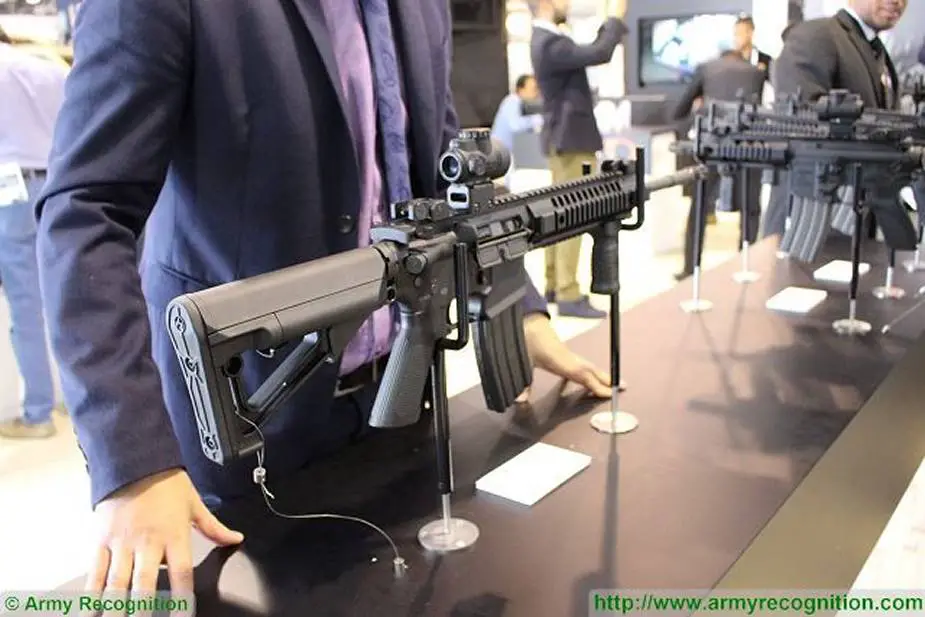Breaking news
Indian Army tries again to get CQB Close Quarter Battle carbines.
India’s overall carbine requirement is for over 300,000 units, not only for the the Army but also the paramilitary forces and the police, Rahul Bedi reports in The Wire.
Follow Army Recognition on Google News at this link

Caracal CAR 816 (Picture source: Army Recognition)
The Indian Army has issued yet another request for information for 93,895 close quarter battle (CQB) carbines, for an estimated $110 million, five months after the Ministry of Defence scrapped a tender for an equal number of weapon systems from Caracal International of the United Arab Emirates (UAE). The February 10 request for information, issued to some 40 vendors, including domestic manufacturers, aims at acquiring the 5.56×45 mm carbines, which the Army has been wanting for nearly three decades, via the Ministry of Defence’s Fast Track Procedure.
The request for information requires the carbines to have an effective range of 200 m, weigh no more than 3.3 kg without their magazines and accessories, and be 650 mm long in foldable and 800 mm in extended condition. It also specifies that the close quarter battle carbines, capable of operating in extreme temperatures ranging between -20°C and over 45°C, need to be fitted with MIL-STD 1913 Picatinny rails for mounting accessories. Using state-run Indian Ordnance Factory Board (OFB) ammunition, the carbines would also be required to possess an accuracy rate of 5 minute of angle (MoA), or be able to deliver a desired grouping of that many shots at 200 m.
Other than Caracal, the request for information has been issued to Thales (Australia), Adani Defence (India), Beretta (Italy), Colt and SIG Sauer, both of the US, amongst scores of others, Rahul Bedi reports. The brief request for information will be followed later this year, once responses have been provided, by a request for proposal or tender which, under the fast track procedure mandates delivery of the entire carbine consignment within 12 months of the contract being signed, Rahul Bedi precises.
The request for information document also includes a questionnaire that was to be answered by February 15, a deadline for which most vendors have requested a postponement. These queries require prospective foreign vendors to state their firms’ annual carbine production rate, whether their weapon system has been trial-evaluated in India, and which military it is in service with overseas. Indigenous manufacturers, on the other hand, need to specify the local content in the carbines they are offering for the tender, and whether any are in service with India’s paramilitaries or the National Security Guard (NSG).
In the meantime, the lack of a close quarter battle carbine is adversely impacting the Indian Army’s counter insurgency operations against militants in Kashmir, where these shorter barrelled weapons can be effectively employed in close-quarter search-and-destroy situations and where space is restricted. Fired at close range, carbines are capable of penetrating body armour and ballistic helmets, and unlike assault rifles have a lesser ricochet when employed in confined spots.
Indian Army units deployed in close proximity to Chinese People’s Liberation Army (PLA) personnel along the disputed Line of Actual Control in eastern Ladakh, are also experiencing the lack of close quarter battle carbines in their cheek-by-jowl proximity to one another, and consequently are employing assault rifles as a substitute.

Testing a Caracal CAR 816 CQB carbine at BIDEC 2017, Bahrain International Defence Exhibition and Conference (Picture source: Army Recognition)



















